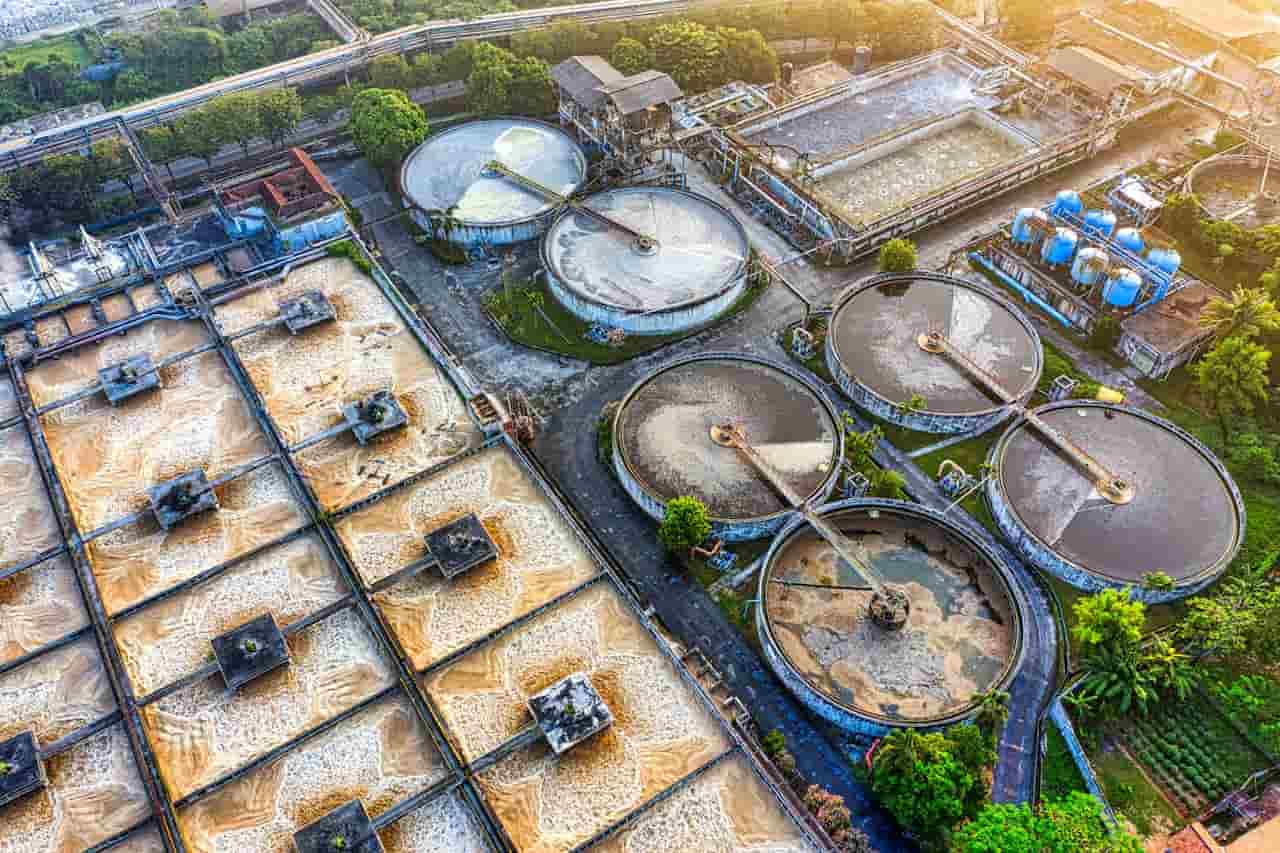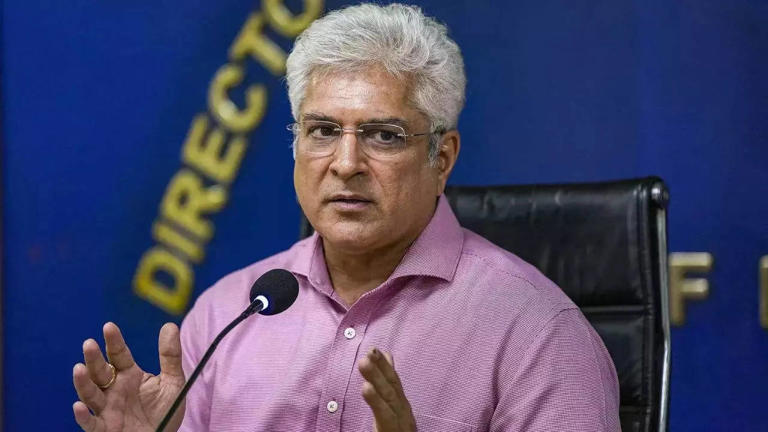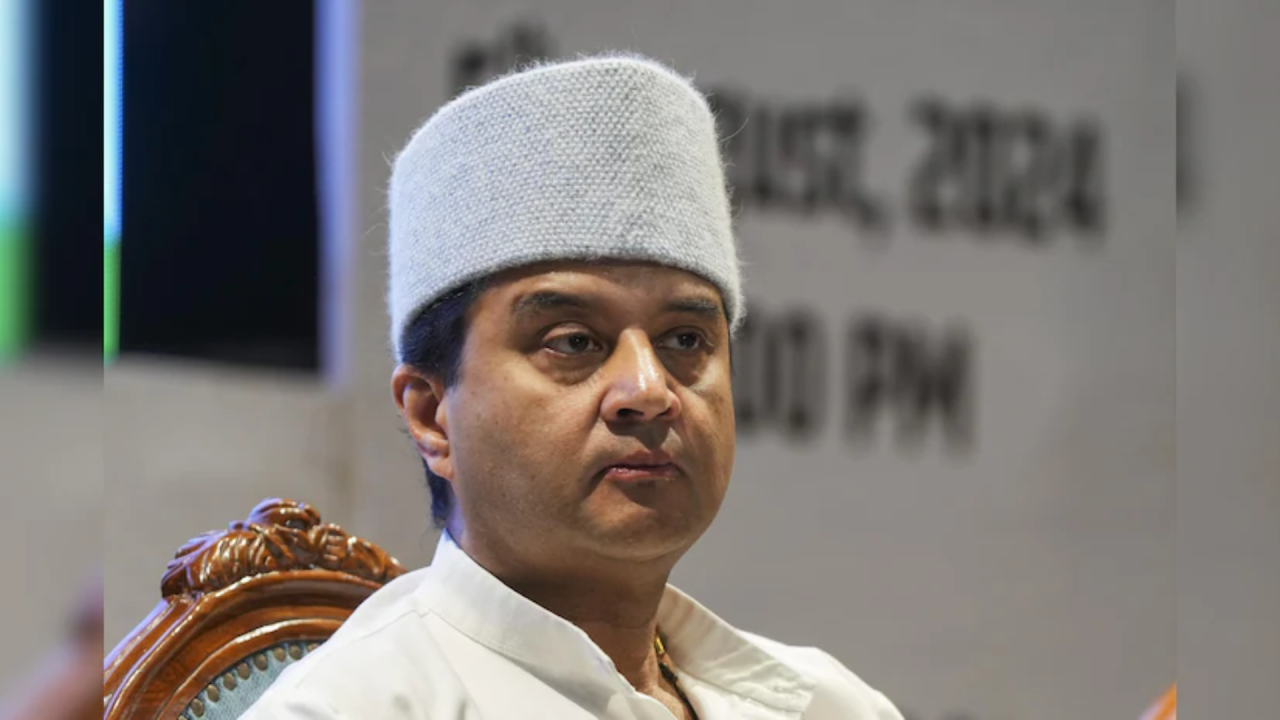Home / andaman-nicobar / Great Nicobar Project: Ensuring Tribal Preservatio
Great Nicobar Project: Ensuring Tribal Preservatio
By: My India Times
2 minutes read 55Updated At: 2024-11-11

As India moves forward with the ₹72,000-crore Great Nicobar Project—an ambitious initiative that aims to bolster strategic infrastructure on the Nicobar Islands—Environment Minister Bhupendra Yadav has reassured the nation that the development will not disrupt or displace the Shompen, one of the island’s oldest indigenous tribes.
A Balancing Act Between Development and Preservation
In a response to Congress MP Jairam Ramesh’s concerns, Yadav emphasized that the project’s design carefully considers the tribes' rights and aims to protect the Shompen’s unique way of life. “Our heritage isn’t just in monuments, but in the communities that preserve traditions. The Shompen will remain untouched,†Yadav affirmed, underscoring the government’s commitment to sustainable development that respects local communities.
The Strategic Edge Against Regional Challenges
Beyond economic benefits, the Great Nicobar Project is expected to serve as a safeguard against potential threats, such as China’s expanding influence in the Indian Ocean and the frequent encroachment by poachers from Myanmar. With a port and airport boosting security infrastructure, Yadav explained, the islands will be better protected, ensuring marine resources stay within India’s control.
A Closer Look at Environmental Concerns
While the project promises to close the infrastructure gap and promote international trade, environmentalists continue to urge vigilance. The Great Nicobar is a UNESCO-designated biosphere reserve, home to rich marine biodiversity. Although officials have committed to minimizing ecological disruption, locals and environmental activists remain cautiously optimistic.
The Memories of 2004 and a New Hope
For the islanders, who still remember the devastating earthquake and tsunami of 2004, the minister’s assurance that no similar seismic activity is predicted for another 400–700 years offers a degree of comfort. Yet, for families like that of fisherman Kumar, who lost loved ones in 2004, there’s hope that this development will bring much-needed growth to the region while safeguarding their homeland. “We want our children to have the benefits of growth but also to inherit the sea and forest as we have known them,†Kumar shared.
Balancing Progress and Preservation
As the Great Nicobar Project progresses, the government is committed to engaging with local voices, ensuring that this strategic development preserves both the identity of the indigenous tribes and the natural beauty that defines the islands. For the Shompen and other island communities, it’s a delicate balance between tradition and progress, security and preservation.
....As India moves forward with the ₹72,000-crore Great Nicobar Project—an ambitious initiative that aims to bolster strategic infrastructure on the Nicobar Islands—Environment Minister Bhupendra Yadav has reassured the nation that the development will not disrupt or displace the Shompen, one of the island’s oldest indigenous tribes.
A Balancing Act Between Development and Preservation
In a response to Congress MP Jairam Ramesh’s concerns, Yadav emphasized that the project’s design carefully considers the tribes' rights and aims to protect the Shompen’s unique way of life. “Our heritage isn’t just in monuments, but in the communities that preserve traditions. The Shompen will remain untouched,†Yadav affirmed, underscoring the government’s commitment to sustainable development that respects local communities.
The Strategic Edge Against Regional Challenges
Beyond economic benefits, the Great Nicobar Project is expected to serve as a safeguard against potential threats, such as China’s expanding influence in the Indian Ocean and the frequent encroachment by poachers from Myanmar. With a port and airport boosting security infrastructure, Yadav explained, the islands will be better protected, ensuring marine resources stay within India’s control.
A Closer Look at Environmental Concerns
While the project promises to close the infrastructure gap and promote international trade, environmentalists continue to urge vigilance. The Great Nicobar is a UNESCO-designated biosphere reserve, home to rich marine biodiversity. Although officials have committed to minimizing ecological disruption, locals and environmental activists remain cautiously optimistic.
The Memories of 2004 and a New Hope
For the islanders, who still remember the devastating earthquake and tsunami of 2004, the minister’s assurance that no similar seismic activity is predicted for another 400–700 years offers a degree of comfort. Yet, for families like that of fisherman Kumar, who lost loved ones in 2004, there’s hope that this development will bring much-needed growth to the region while safeguarding their homeland. “We want our children to have the benefits of growth but also to inherit the sea and forest as we have known them,†Kumar shared.
Balancing Progress and Preservation
As the Great Nicobar Project progresses, the government is committed to engaging with local voices, ensuring that this strategic development preserves both the identity of the indigenous tribes and the natural beauty that defines the islands. For the Shompen and other island communities, it’s a delicate balance between tradition and progress, security and preservation.
By: My India Times
Updated At: 2024-11-11
Tags: andaman-nicobar News | My India Times News | Trending News | Travel News
Join our WhatsApp Channel







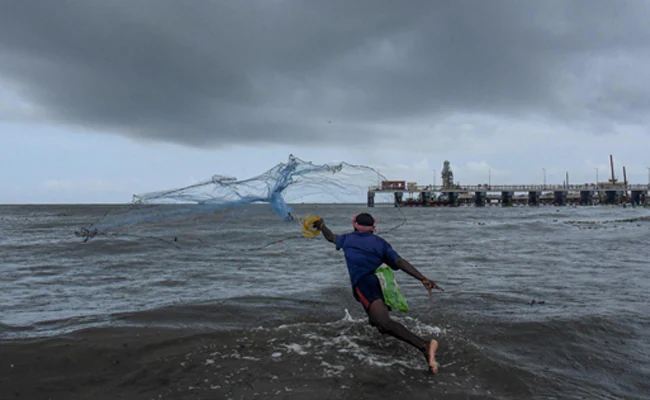






























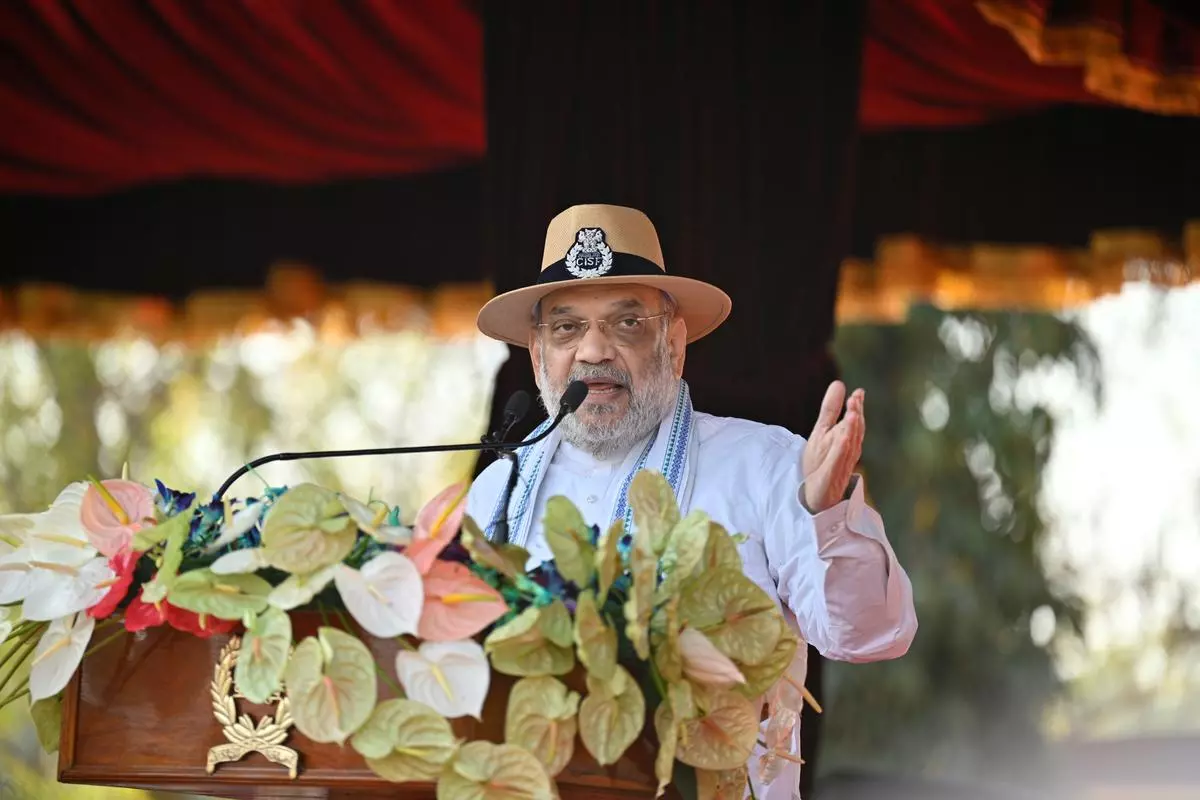





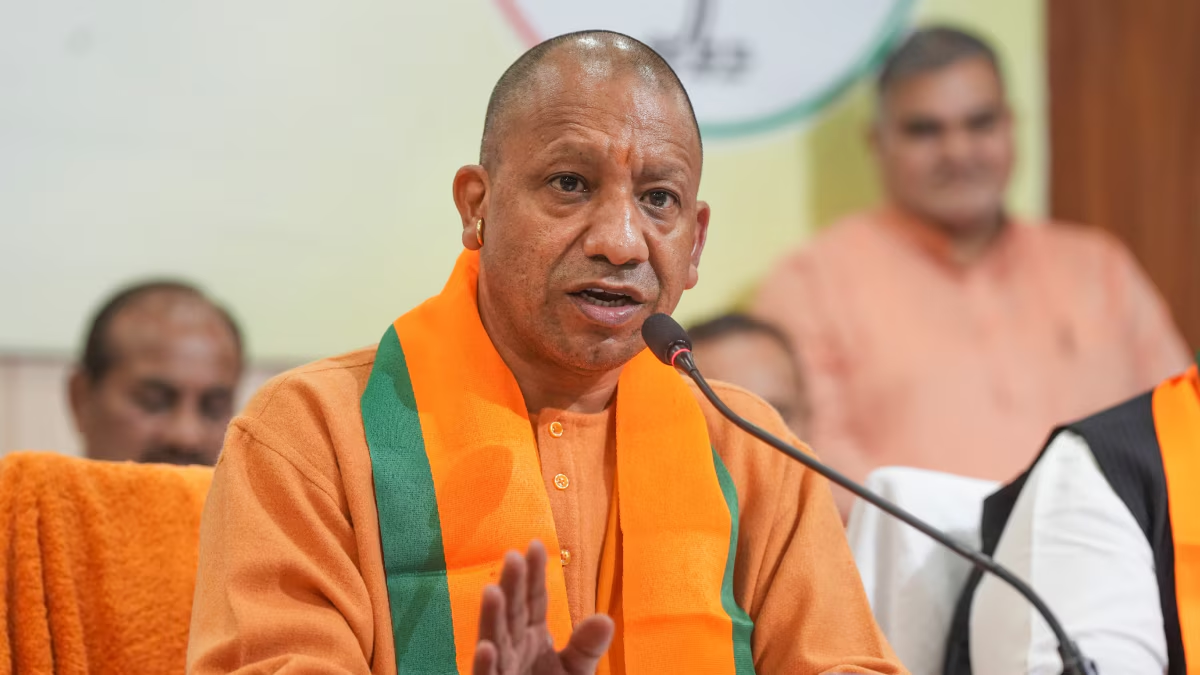














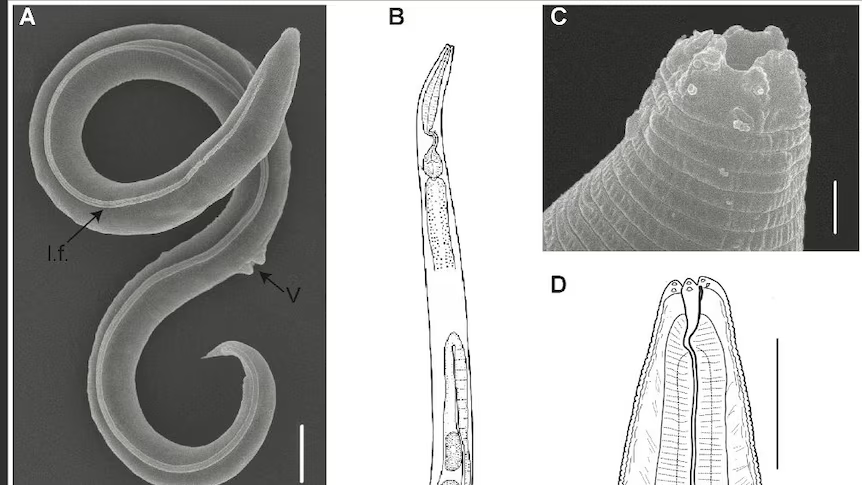




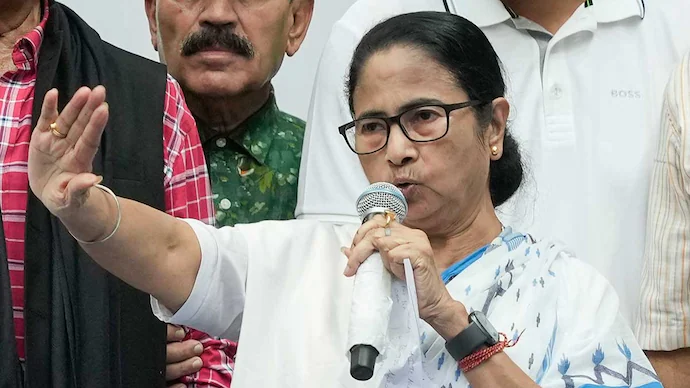


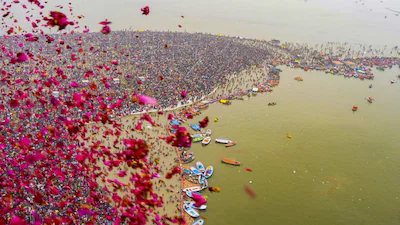


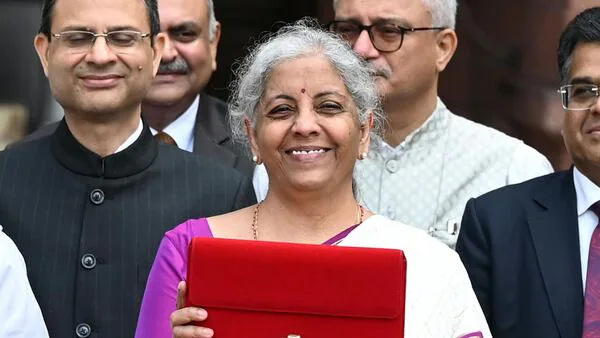


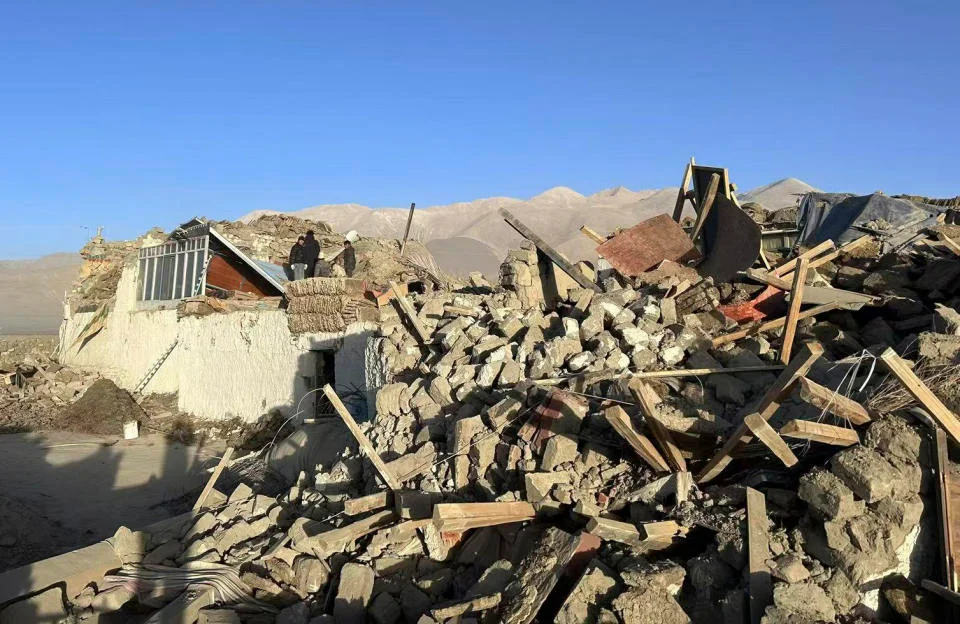



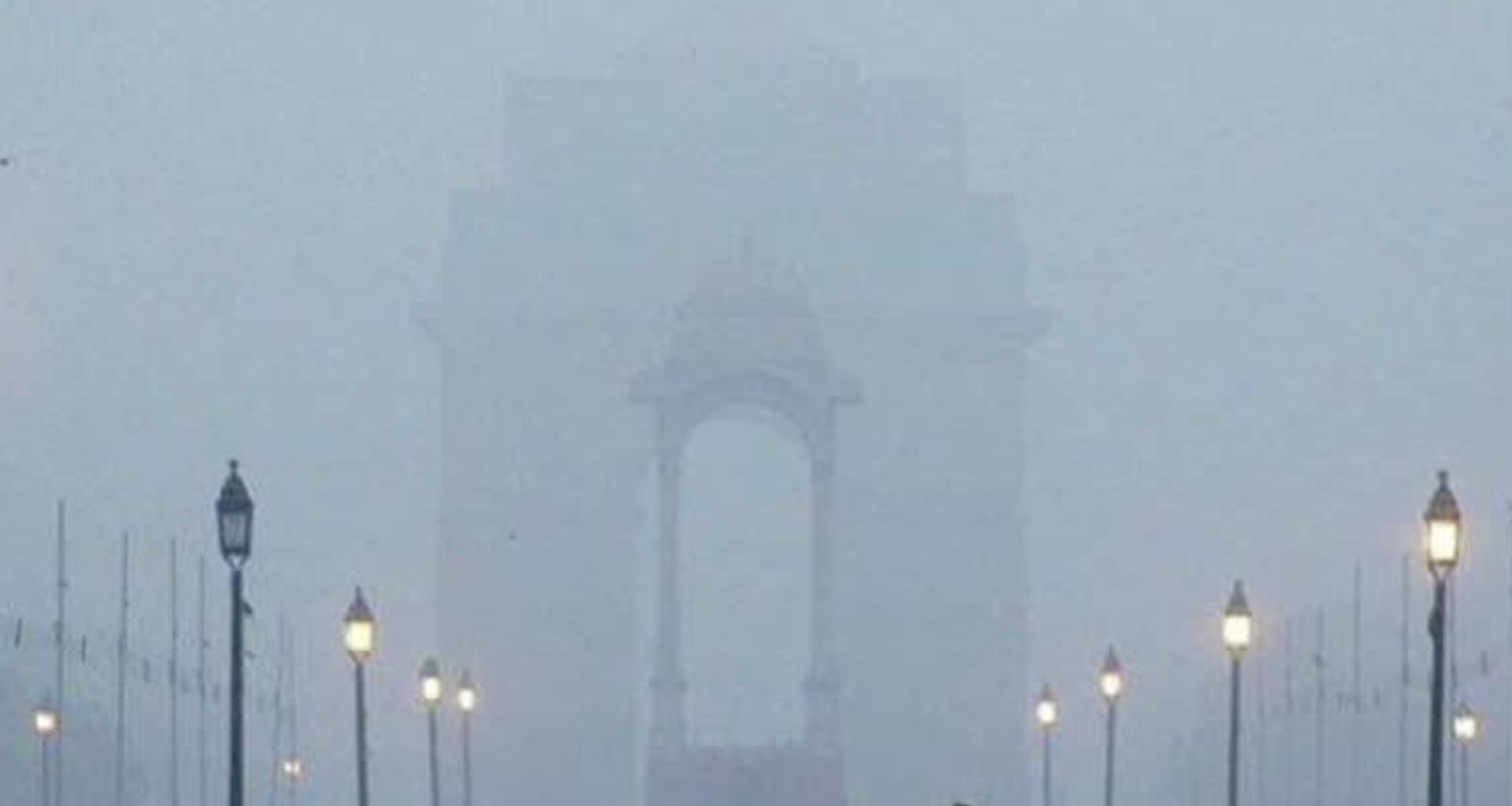















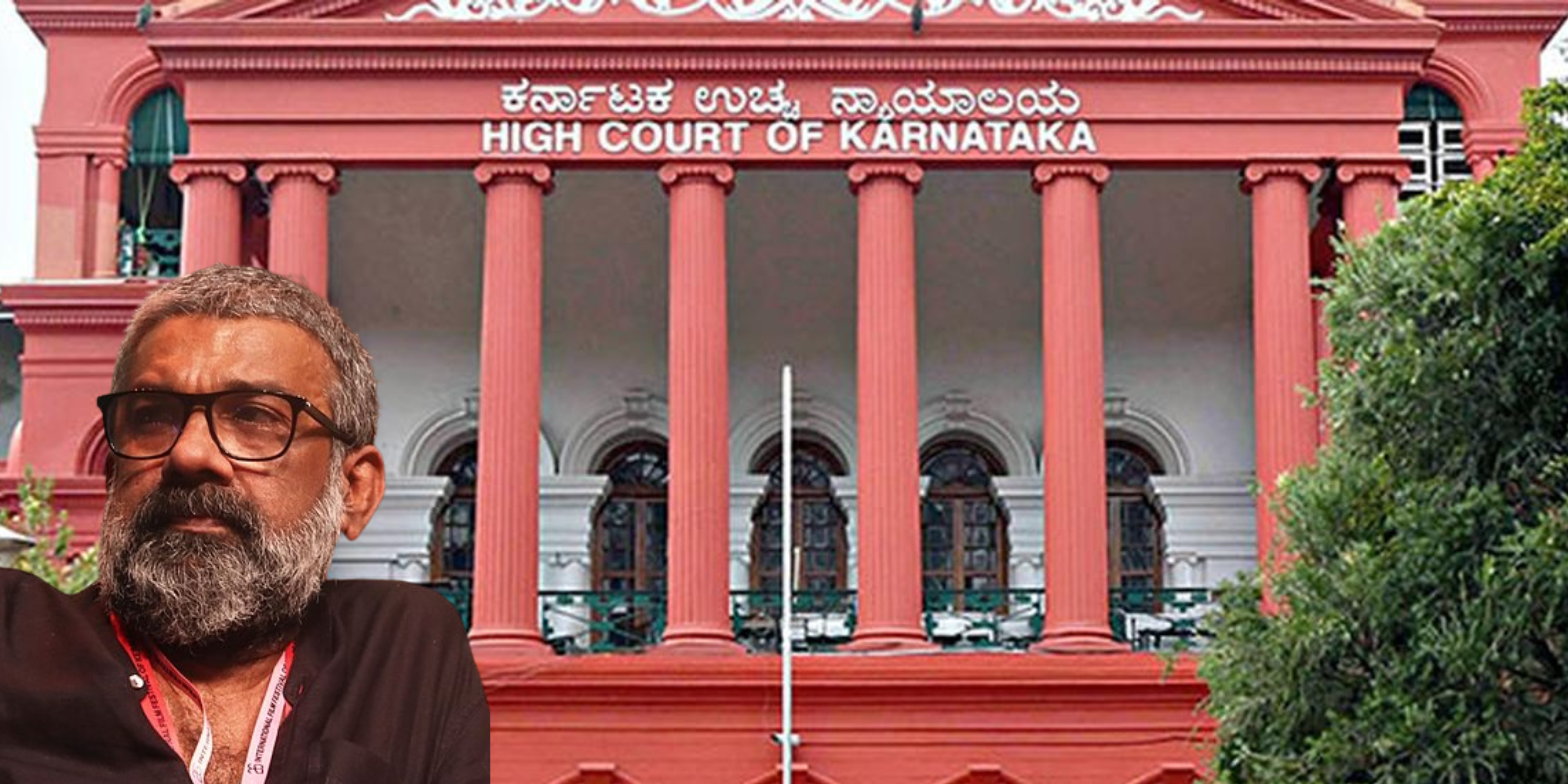








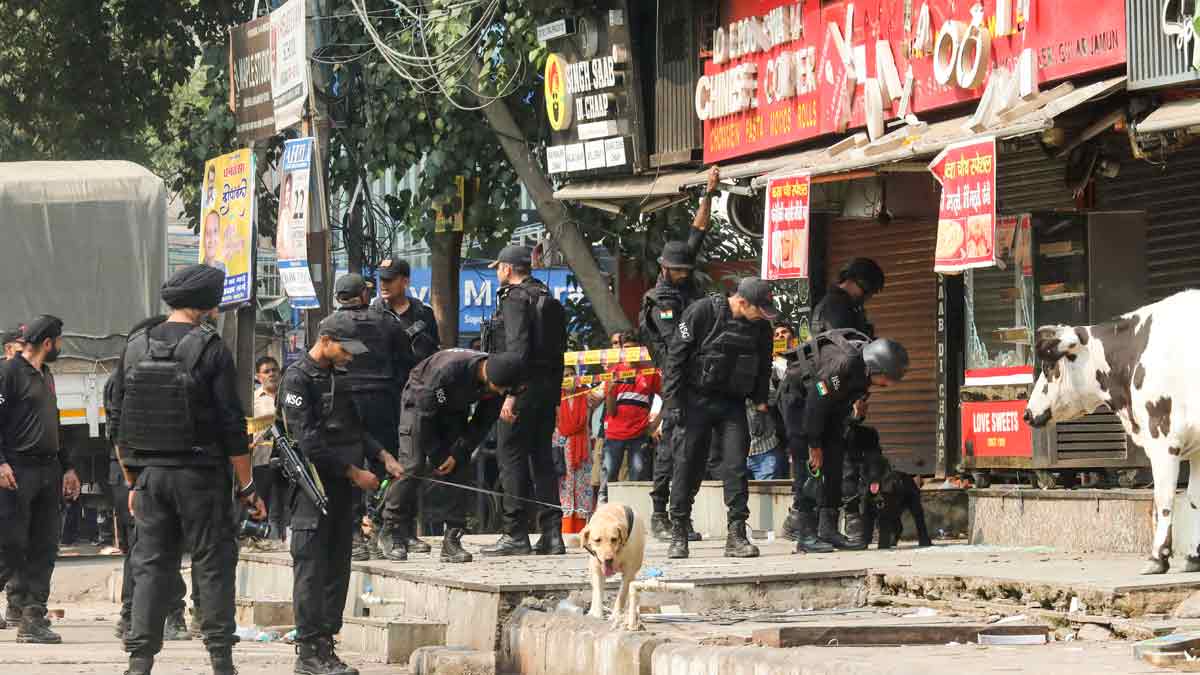
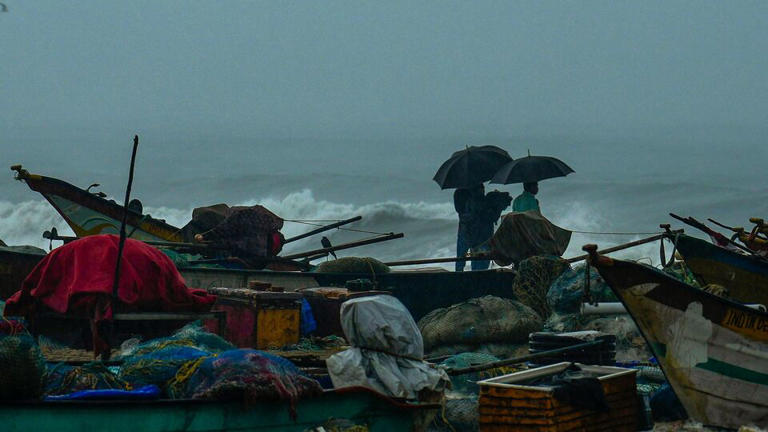

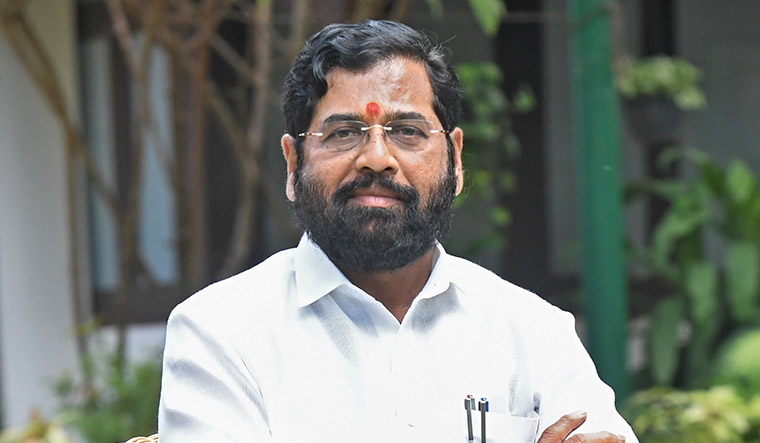
.png)
 (1).png)
